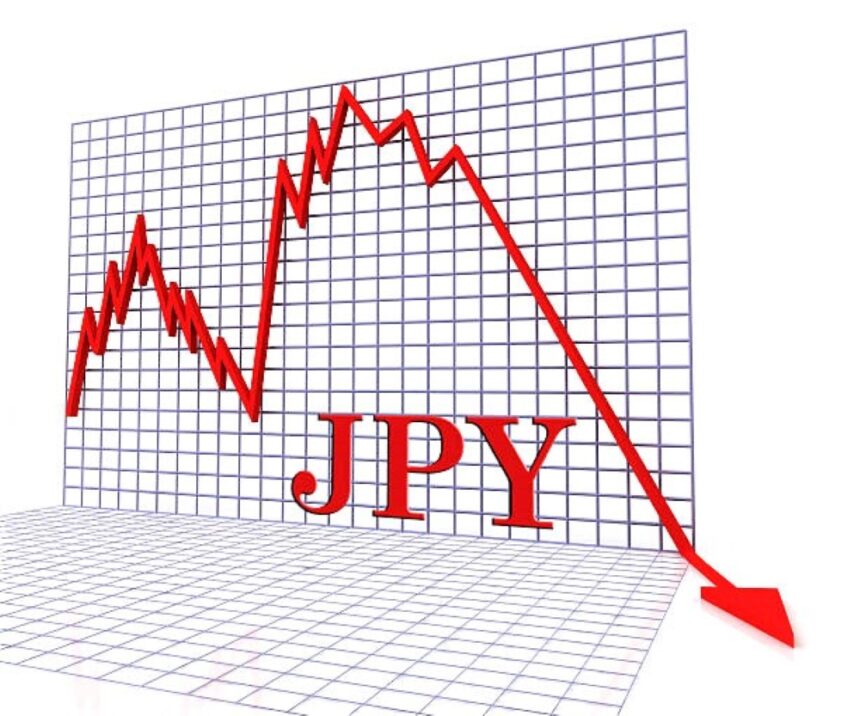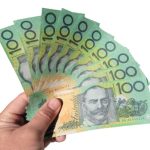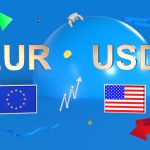Japanese yen attracted some buyers, snapping a two-day losing trend versus the US dollar.
The Japanese Yen (JPY) edged higher during the Asian session on Tuesday. Recouping some of its losses from the previous two days and approaching the YTD low against its American counterpart the day before. Against the backdrop of geopolitical uncertainties and China’s economic troubles. Predictions that the Fed may not decrease interest rates. As much as anticipated limit investors’ desire for Risky assets.
A milder risk tone boosts the safe-haven JPY following the BoJ’s hawkish stance earlier this month.
Aside from that, the Bank of Japan’s (BoJ) hawkish leaning. Which signals confidence in meeting the inflation target. And preparing to raise interest rates out of negative territory at its future meetings in March or April, gives some support to the JPY. This, in turn, puts some pressure on the USDJPY pair, though the downside appears cushioned by a strong US Dollar (USD).
Hawkish Fed forecasts continue to sustain the USD, which may offer support to USDJPY.
In fact, the USD Index (DXY), which tracks the US dollar against a basket of currencies, is nearing its highest level since November 14. As investors continue to lower their expectations for significant Fed easing in 2024. The incoming US macro data suggests. That the economy is in strong shape, giving the Fed greater space. To maintain higher interest rates for an extended period of time. Furthermore, statements by a number of important FOMC members, including Fed Chair Jerome Powell, reiterated the hawkish stance. Which remains supportive of elevated US Treasury bond yields and underpins the Greenback. Furthermore, the recent widening of the US-Japan rate disparity may continue to dampen demand for the JPY. While also restricting any major corrective slide in the USDJPY pair.
Daily Market Movers: Japanese Yen attracts some haven flows on the back of the BOJ’s hawkish bent.
A confluence of variables offers some support to the Japanese yen. And limits the USDJPY pair’s two-day upward trend to its highest level since late November, reached on Monday.
The market sentiment remained shaky. on the basis of persisting concerns about the prospect of rising geopolitical tensions in the Middle East and slowing Chinese economic growth.
The Bank of Japan indicated earlier this month that the prerequisites for phasing out massive stimulus and pulling short-term interest rates out of negative territory were falling into place.
Investors are continuing to lower their expectations for the timing and pace of interest rate decreases by the Federal Reserve in the face of a still-strong US economy.
Against the backdrop of Friday’s blockbuster US NFP report, the Institute for Supply Management (ISM) revealed on Monday that the US services sector growth improved in January.
The ISM Non-Manufacturing PMI rose to 53.4 last month from 50.5 in December. Indicating The growth momentum from the fourth quarter carried over into the new year.
According to the CME Group’s Fedwatch tool, traders have almost fully canceled bets on a March rate drop. With only five cuts expected this year, down from six previously.
The yield on the rate-sensitive 2-year US government bond rose to a one-month high. While the benchmark 10-year US Treasury yield remained comfortably over 4.0%, supporting the US dollar.
Minneapolis Fed President Neel Kashkari stated that a potentially higher neutral rate. Allows the central bank to take more time to evaluate future data before commencing interest rate decreases.
Chicago Fed President Austan Goolsbee remarked that the economy has been solid for the past seven months. Recent positive inflation readings, but made no remark on the timing of the first rate cut.
A number of influential FOMC members are set to speak again on Tuesday. Which will play an important role in fueling USD demand. And providing some meaningful momentum to the USDJPY pair.









